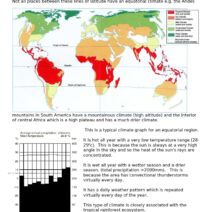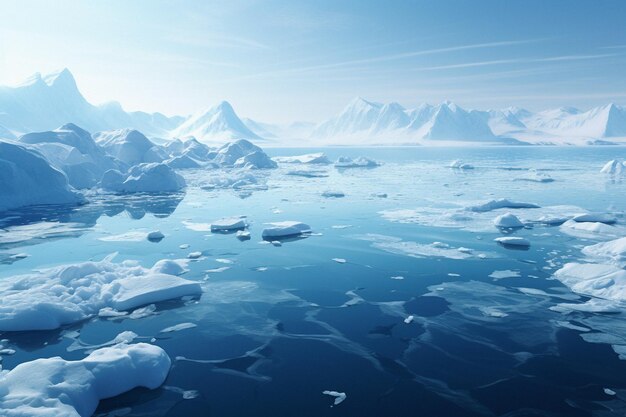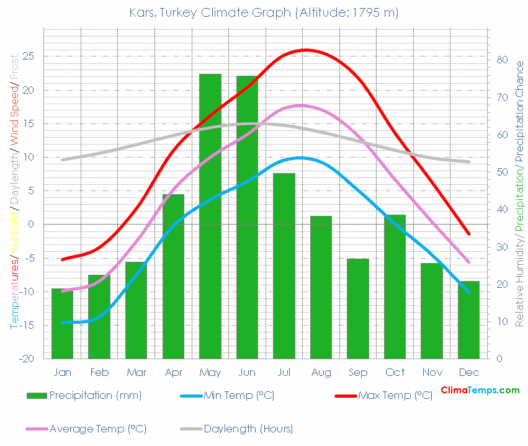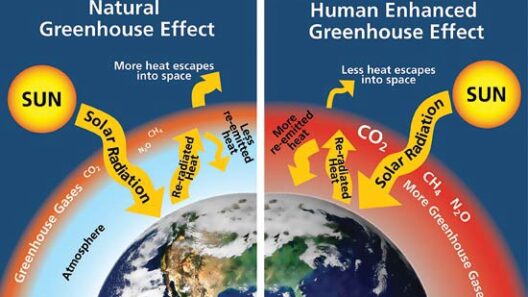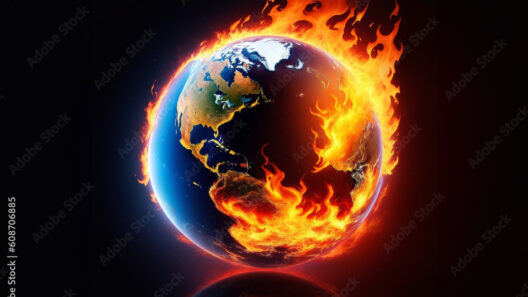Climate change has emerged as one of the most pressing challenges of our era, with its consequences manifesting in myriad ways across the globe. Among the most dire outcomes is the phenomenon of melting polar ice caps, which directly correlates with the inexorable rise in sea levels. Understanding this nexus of melting poles and rising seas is critical to grasping the broader implications of global warming on our environment and societies.
The polar regions are often dubbed the “Earth’s refrigerator.” The vast ice sheets covering Antarctica and Greenland play a crucial role in regulating the planet’s climate. However, increasing global temperatures, primarily driven by human activities such as fossil fuel combustion and deforestation, have instigated accelerated melting of these ice masses. Scientific models indicate that the Arctic is warming at an alarming rate, about twice as fast as the global average. This disproportionate heating exacerbates ice melt, compromising the delicate balance of these ecosystems.
The melting of the Greenland and Antarctic ice sheets is not a mere anecdote; it represents one of the most consequential outcomes of climate change. According to research, the Greenland ice sheet has shed approximately 3 trillion tons of ice since the 1990s. This has culminated in significant contributions to rising sea levels, a phenomenon anticipated to reshape coastlines and flood low-lying regions irreversibly.
Rising sea levels are not uniform; they vary considerably across different geographical locales. Ocean dynamics, such as currents and wind patterns, compound the effects of thermal expansion of seawater as temperatures rise. The result is a complex tapestry of local sea level rise that can dramatically impact communities. For example, the coastal regions of Florida and Louisiana in the United States are experiencing some of the highest rates of sea level rise, with numerous studies projecting a rise of over six feet by the end of the century under a high-emission scenario.
This relentless march of rising seas poses multifaceted threats. One of the immediate ramifications is the increased frequency and intensity of coastal flooding. Storm surges during hurricanes and tropical storms can extend much further inland, inundating previously secure regions. The impacts are exacerbated by land subsidence—particularly acute in areas such as New Orleans, where significant parts of the city are sinking—leading to ever-greater vulnerabilities.
Alongside flooding, the intrusion of saltwater into freshwater sources is another pressing issue. As sea levels ascend, saline water moves into freshwater aquifers, crucial supplies for drinking and irrigation. This intrusion threatens agriculture, undermining food security and complicating water management strategies. The risk is profound; without immediate action to curb greenhouse gas emissions and adapt to changing conditions, entire communities could find themselves grappling with diminished access to potable water.
The economic ramifications of melting ice and rising seas are equally alarming. Coastal cities around the globe are wrestling with the burdens of higher infrastructure costs, retreating property values, and increased insurance premiums. A recent report whitewashes the future of urban centers such as Miami and New York, estimating potential damages in the hundreds of billions of dollars if current trends continue unabated. Adaptation measures, although necessary, come with significant financial liabilities that many municipalities may find unsustainable.
Moreover, the social implications are profound. The very lexicon of climate change includes terms like “climate refugees,” denoting those displaced from their homes as a result of rising seas. Communities, especially marginalized ones, are at risk of being obliterated by the inundation of their habitats. The question of equity arises: who bears the brunt of these changes? Those least responsible for emissions often endure the harshest consequences of climate change. Climate injustice thus becomes intricately tied to the discourse surrounding melting poles and rising seas.
On a more hopeful note, the narrative surrounding climate change is shifting towards actionable solutions. The personalization of climate impact is gaining traction; individuals, communities, and governments are increasingly recognizing the critical need for sustainable practices. Renewable energy sources, such as wind and solar, are being deployed globally to mitigate the production of greenhouse gases. Innovations in building design and urban planning, including seawalls and improved drainage systems, are developed to adapt to the changing conditions. However, these approaches require significant investments and cooperative efforts among nations.
The transition to a climate-resilient future hinges on global cooperation and citizen engagement. International bodies such as the United Nations play pivotal roles in coordinating responses and implementing frameworks like the Paris Agreement. Local initiatives, too, can empower communities to foster resilience against rising seas and to advocate for sustainable practices within their spheres of influence. Education is vital; understanding the nuances of climate change equips individuals to participate meaningfully in discussions and actions aimed at mitigating its impacts.
In conclusion, the intertwining of melting poles and rising seas serves as a stern reminder of the far-reaching implications of climate change. The reality is stark: failure to act will heighten the risk of catastrophic changes that will affect generations to come. As the science continues to evolve, so too must our strategies for addressing these existential challenges. The global response will determine our collective destiny in the face of this unparalleled crisis.

